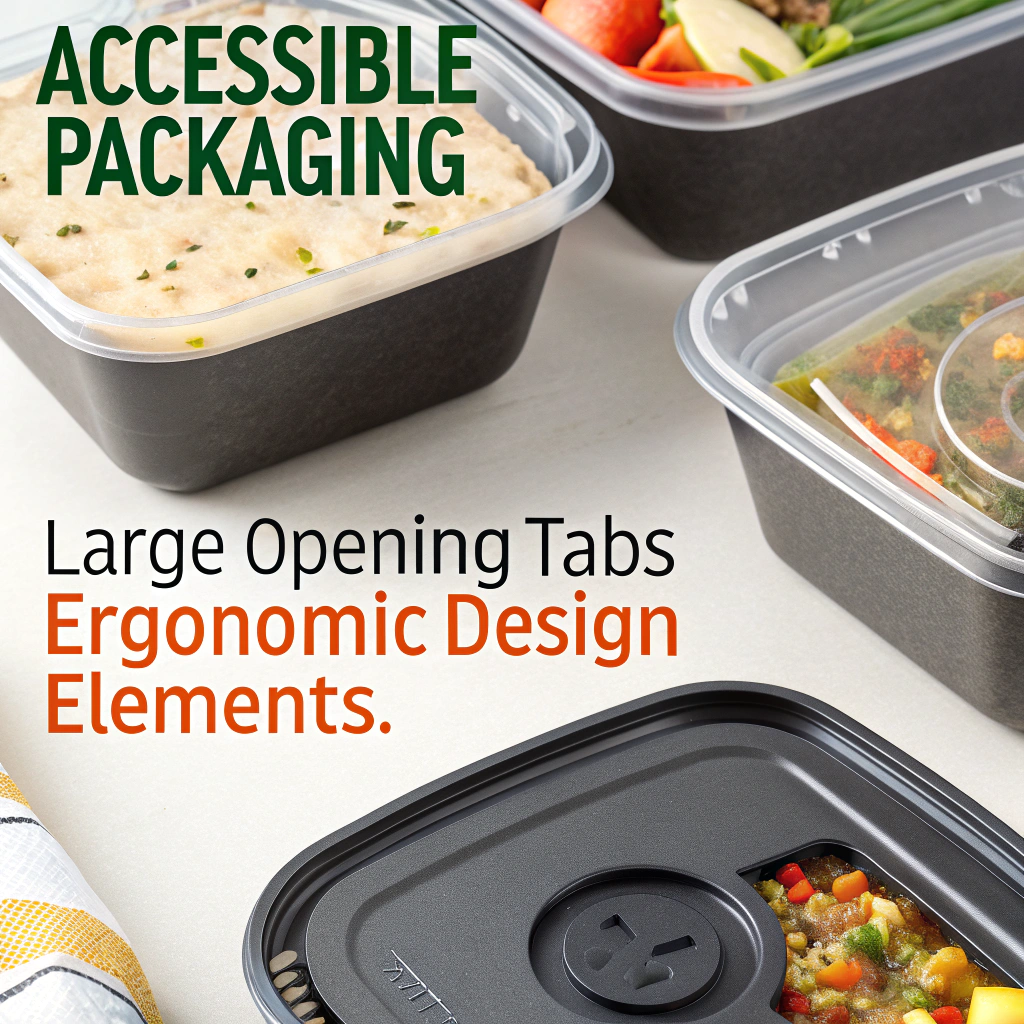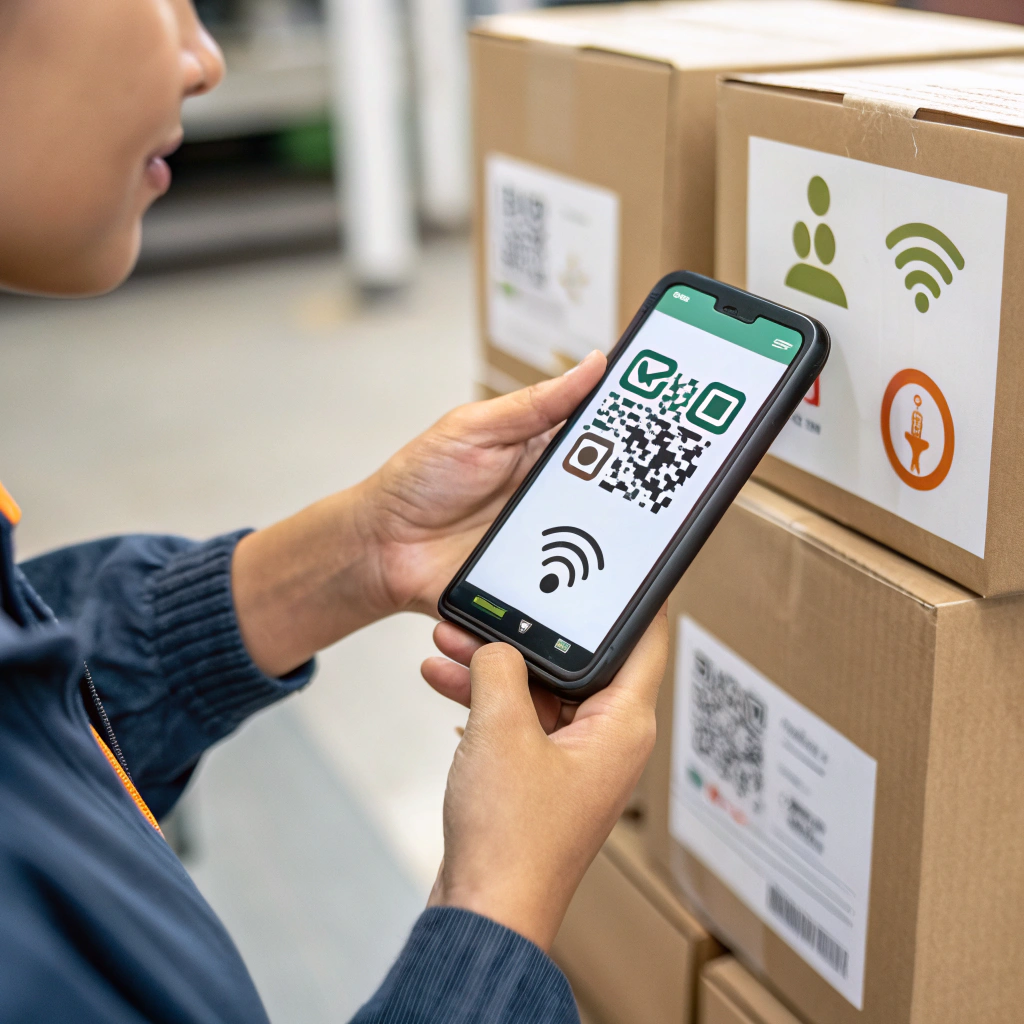Packaging for Accessibility
Accessible packaging design ensures that products can be used by everyone, regardless of age, ability, or physical limitations. Universal design principles create packaging solutions that benefit all users while specifically addressing the needs of people with disabilities, elderly consumers, and those with temporary impairments.
Understanding Universal Design Principles
Universal design in packaging focuses on creating products that are usable by the widest range of people without requiring specialized adaptations. This approach benefits not only people with disabilities but also improves usability for all consumers, including parents juggling children, people with temporary injuries, and aging populations.
The principles of universal design include equitable use, flexibility in use, simple and intuitive use, perceptible information, tolerance for error, low physical effort, and size appropriate for approach and use. These principles guide the development of packaging that serves diverse user needs effectively.

Universal design principles ensure packaging accessibility for users of all ages and abilities
Visual and Tactile Design Considerations
Accessible packaging must accommodate various visual and tactile needs:
High Contrast Design: Use strong color contrasts between text and background to improve readability for users with visual impairments. Black text on white backgrounds or white text on dark backgrounds provides optimal contrast.
Large, Clear Typography: Employ fonts that are easy to read with sufficient size and spacing. Sans-serif fonts typically offer better readability than decorative typefaces.
Tactile Elements: Incorporate raised textures, embossed elements, or different surface textures to help users with visual impairments identify products and opening mechanisms.
Braille Integration: Consider adding Braille labels for essential information, particularly for pharmaceutical and food products where safety information is critical.
Color-Independent Information: Never rely solely on color to convey important information. Use symbols, text, or patterns in addition to color coding.
Physical Accessibility Features
Packaging design must consider various physical limitations and motor skill challenges:
Easy-Open Mechanisms: Design opening features that require minimal force and dexterity. Avoid packaging that requires excessive twisting, pinching, or pulling motions.
Ergonomic Grips: Include textured surfaces, indentations, or raised areas that provide secure gripping surfaces for users with limited hand strength or dexterity.
Appropriate Size and Weight: Balance packaging size with user ability to handle and manipulate products comfortably.
Stable Base Design: Ensure packaging has a stable base that prevents tipping during opening or use, particularly important for users with limited motor control.

Easy-open mechanisms and ergonomic features make packaging accessible for users with different physical abilities
Cognitive and Communication Accessibility
Accessible packaging must also address cognitive and communication needs:
Clear Information Hierarchy: Organize information logically with clear headings, bullet points, and consistent formatting that helps users process information effectively.
Simple Language: Use plain language and avoid technical jargon that may confuse users with cognitive disabilities or limited literacy.
Consistent Navigation: Maintain consistent placement of key information across product lines to help users develop familiarity with your packaging system.
Multi-Modal Communication: Provide information through multiple channels such as text, symbols, QR codes linking to audio content, or video demonstrations.
Technology Integration for Accessibility
Modern technology offers new opportunities for accessible packaging:
QR Codes and Audio: Link to audio descriptions, instructions, or product information for users with visual impairments or reading difficulties.
Smartphone Apps: Develop apps that can read packaging information aloud or provide additional product details in accessible formats.
Voice Commands: Integrate with voice-activated systems that can provide product information or reordering capabilities.
Augmented Reality: Use AR technology to provide visual overlays with larger text, translations, or instructional content.

Technology integration enables additional accessibility features through smartphone apps and audio content
Testing and Validation
Effective accessible packaging requires comprehensive testing with diverse user groups:
User Testing: Conduct testing sessions with people representing different disabilities, age groups, and abilities to identify potential barriers and improvements.
Accessibility Audits: Engage accessibility experts to review packaging designs and identify areas for improvement.
Iterative Design: Use feedback from testing to refine designs and create more inclusive packaging solutions.
Compliance Standards: Ensure packaging meets relevant accessibility standards and regulations in your target markets.
Business Benefits of Accessible Packaging
Investing in accessible packaging design provides significant business advantages:
Expanded Market Reach: Accessible packaging opens your products to a broader customer base, including the growing aging population and disability community.
Brand Differentiation: Companies that prioritize accessibility often gain positive brand recognition and customer loyalty.
Legal Compliance: Proactive accessibility measures help avoid potential legal issues and demonstrate corporate responsibility.
Improved Usability: Features designed for accessibility often improve usability for all consumers, leading to higher customer satisfaction.
Implementation Strategies
Successfully implementing accessible packaging requires strategic planning:
Gradual Implementation: Start with high-impact, low-cost improvements and gradually expand accessibility features across product lines.
Cross-Functional Teams: Include accessibility experts, designers, engineers, and user representatives in the development process.
Supply Chain Integration: Work with suppliers and manufacturers to ensure accessibility features can be produced consistently and cost-effectively.
Conclusion
Accessible packaging design represents both a moral imperative and a business opportunity. By applying universal design principles, companies can create packaging that serves all users while demonstrating commitment to inclusion and social responsibility. The investment in accessible packaging pays dividends through expanded market reach, improved brand reputation, and enhanced customer satisfaction across all user groups.
At Imperial Paper, we help businesses of all sizes design packaging that protects, performs, and delights. From sturdy shipping boxes to branded unboxing experiences, we’ve got you covered.
📞 Talk to our team or explore our eco-friendly, customizable packaging solutions today.
Need smaller quantities or more personalized packaging options? Visit our partner site BestBoxStore.com—perfect for boutique brands, creative campaigns, and custom low-volume orders.
